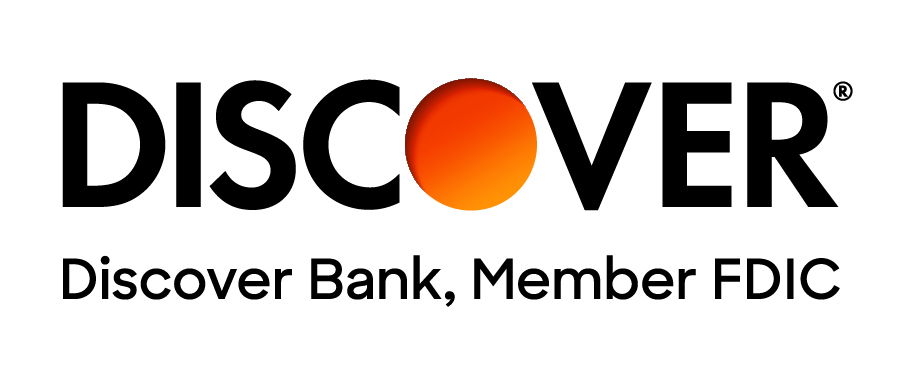Knowing how to differentiate between "needs" and "wants" is crucial for managing your personal finances well. "Needs" are the basic essentials you can’t live without, like food, housing, healthcare, and clothing. "Wants," on the other hand, are extras that make life more enjoyable, like eating out, going on vacations, or buying the latest gadgets. Understanding this difference is a vital step toward developing solid financial habits.
Why is it important to know the difference between the two? Well, by recognizing what you truly need versus what you desire, you can focus your spending in a way that ensures your financial resources are spent in a way the makes sure you take care of your most important needs first.
This doesn't mean you should never indulge in your wants, but rather, understanding this difference allows you to make informed decisions about when and how you can afford to do so without compromising your financial health. Basically, knowing how to keep a balance between wants and needs is an important step towards achieving financial stability and freedom.
Defining Wants vs Needs
Working your way through the world of personal finance, and knowing the differences between wants and needs can become somewhat blurred due to various influences. From a practical standpoint, a need could be as simple as a basic cellphone for communication, while a want might present itself as the latest smartphone model with cutting-edge features. Similarly, while basic housing qualifies as a need, wanting to live in a larger, more luxurious home is a want.
Our ability to blur the lines between wants and needs are deeply embedded in our human emotions and outside influences. Social media and advertising can play a significant role, constantly bombarding us with images and messages that transform luxury wants into perceived needs.
A phenomenon known as "lifestyle inflation," is where your standard of living increases with your income, and so does their perception of your “necessities”. Our human desire for status, comfort, and pleasure will often disguise wants as needs, further complicating financial decision-making.
Knowing and identifying these types of triggers can significantly help you make more intentional financial choices. By thinking about the true reason behind a purchase and questioning whether it serves a basic need or a momentary want, you can protect your finances against impulsive spending.
Wants vs Needs and Personal Finance
In spending, the ability to tell the difference and choose between wants and needs directly impacts your budget and savings. Spending too much on wants at the expense of needs can upset your financial goals, leading to a situation where savings are emptied, and debt grows. On the other hand, a budget that accounts for needs while making room for some wants ensures that basic expenses are covered, and savings goals remain on track.
The consequences of not properly managing spending wisely between wants and needs can be far-reaching. Initially, it might just be a minor financial set back, but over time, this over spending on wants can lead to significant debt, and possibly financial insecurity.
When wants are regularly prioritized over needs, you may not have money left over to cover essential expenses such as rent, utilities, and healthcare. If you happen to spend more due to lifestyle inflation without an equal increase in savings, you may struggle to meet your financial objectives, such as retirement planning or building an emergency fund.
Practicing a disciplined approach to budgeting that emphasizes needs while purposely limiting spending on wants, allows for a better financial lifestyle. It allows you to not only meet your current financial obligations but also paves the way to achieve future goals. Therefore, striking the right balance between wants and needs is not just a matter of responsible financial planning—it’s essential for securing your financial wellbeing and fostering peace of mind.
How to Determine Wants and Needs
To effectively decide between wants and needs, and to improve your decision-making process before a purchase, consider trying these practical steps and strategies:
- Pause Before Purchasing: Give yourself a mandatory waiting period for non-essential purchases. This could be 48 hours or even a week. The time allows you to evaluate whether the item is a genuine need or a temporary want.
- Needs-Wants List: Keep a running list that categorizes your expenses into 'needs' and 'wants'. Reviewing this list regularly can help you stay conscious of your spending habits and adjust them accordingly.
- Self-Evaluation Questions: Before making a purchase, ask yourself:
- Is this item essential for my basic living?
- Can I realistically afford it without compromising my budget or savings?
- Is there a more cost-effective alternative that meets the same need?
- Have I shopped around for the best deal?
- Use the 50/30/20 Budgeting Rule: This rule suggests allocating 50% of your income to necessities like rent, groceries, and utilities; 30% towards wants like dining out, leisure, or hobbies; and 20% towards savings or paying off debt. This simplistic approach ensures a balanced allocation of your financial resources, covering all facets of your financial life responsibly.
- Utilize Budgeting Apps: Technology can aid in deciding between wants and needs. Many budgeting apps categorize spending and highlight areas where wants may have grown to be too much of your budget. You can then adjust your spending to ensure a healthier balance.
Tips for Managing Wants and Prioritizing Needs
There is a delicate balance between wants and needs, adopting a strategic financial approach can surely help your budgeting success and overall financial health. Here are some expert tips and strategies to help manage your desires while prioritizing essential needs:
- Establish Spending Limits: Begin by setting clear, realistic limits on non-necessary spending. This not only slows down impulsive purchases but also ensures that money is available to be used towards essential needs first. It creates a discipline in spending habits, encouraging you to think more thoughtfully about your purchases.
- Enforce a Waiting Period: Creating a waiting period before making any purchase, especially for items that fall into the 'wants' category, can be incredibly effective. This cooling-off period helps you decide between impulsive desires and genuine needs, reducing the likelihood of regrettable spending.
- Prefer Cash Over Credit Cards: Using cash instead of credit cards for everyday purchases can significantly aid in controlling spending. It makes every transaction more tangible and real, thus promoting a more mindful approach to spending and helping to avoid the easy trap of accumulating credit card debt.
- Mindfulness and Conscious Spending: Adopt a mindset of mindful spending by always questioning the value and necessity of a potential purchase. Conscious spending goes beyond mere price comparison to considering the actual value and long-term satisfaction derived from a purchase. This perspective encourages a more thoughtful and deliberate spending.
- Identifying and Prioritizing Essential Needs: Clearly define what it means to be an essential need versus a want. Essentials typically include basic living expenses like housing, food, healthcare, transportation, and necessary utility services. Prioritize these in your budget, ensuring they are adequately covered before budgeting funds to wants.
- Seek Cost-Effective Alternatives: For both needs and wants, always explore more affordable options that don't compromise on quality or necessity. This could mean opting for generic brands, taking advantage of sales, or even considering used or refurbished items when appropriate.
- Utilize Budgeting Tools and Techniques: Take advantage of budgeting apps and techniques such as the envelope system or zero-based budgeting to maintain a clear and detailed account of your spending. These tools can provide valuable insights into your financial habits, helping you to stay on track with your goals.
By using these strategies, you can achieve an acceptable balance between satisfying immediate desires and meeting long-term needs. Mindful spending coupled with intentional budgeting paves the way for not only financial stability but also a more fulfilling and satisfying lifestyle.








